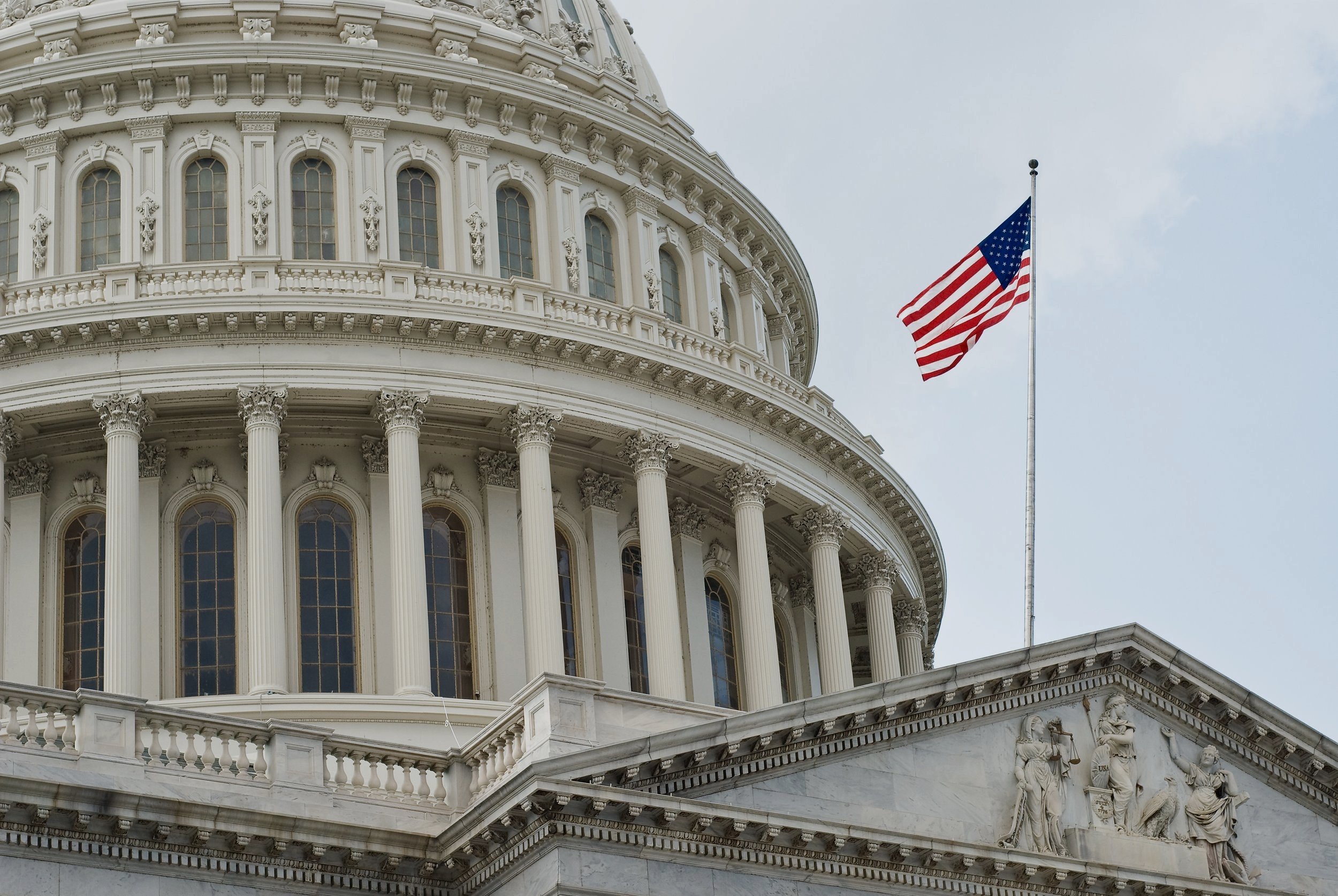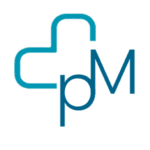Though government employee telework options were greatly expanded at the height of the pandemic, a recent push by Congress may mandate that all federal employees return to pre-pandemic working conditions, which for most means a return to the office and a reduction in telework flexibility.
The proposed bill, the “Stopping Home Office Work’s Unproductive Problems” or “SHOW UP” Act, has yet to be actualized but it marks a considerable shift in lawmakers’ perception of employee productivity. If enacted, the bill will require federal employees to return to the office within 30 days – a tight deadline for those who have established remote work routines.
While the focus of the SHOW UP Act is currently limited to federal employees, there is a possibility this mandate will trickle down to state and local government employees nationwide.
This means your municipality must be prepared to transition from a hybrid work environment to one that brings employees back into the office full-time.
From Hybrid to Full-Time: Transitioning to Pre-Pandemic Working Conditions
Returning to the office in a COVID-19 world has not been a straightforward process for federal and state government agencies, with each office experiencing different guidelines and best practices tailored to their unique employee experience.
Adopting universal protocols across state and federal offices has been difficult since each agency has widely different roles, resources, and exposure risks. For example, an airport’s preventative health measures for employees will look extremely different than that of a state court or child services offices.
Despite differences and similarities, the majority of public-sector agencies have begun their return-to-office process and intend to iterate on agile policies based on staff responses and community risk levels.
Our work with municipalities, such as the California State Senate, has privileged us to first-hand knowledge of best practices that empower a safe return to work. These preventative measures can be applied to nearly any municipality, including but not limited to:
- Post Offices
- Courthouses
- DHS Locations
- Airports
- US State Courts
- ICE Offices
- City Offices, such as Child Protective Services
Transitioning from telework schedules to an in-person working environment presents a learning curve for both employees and employers alike. Understandably, especially for those at high risk for respiratory illnesses, the primary question on most employees’ minds is “will this transition be safe?”
With the right preventative measures in place and communicated to government employees, your agency can experience a smooth return to pre-pandemic working conditions.
To support agencies and employees returning to the office, Peach Medical has developed a toolkit with actionable steps to assist in this next phase and beyond. You can download the full toolkit here or keep reading for our three most applied best practices.

Three COVID Safety Must-Haves for Any Government Agency’s Return-to-Work Policy:
- Classify Worker Exposure Risk and Design Preventative Measures:
Risk of occupational exposure to COVID-19 and other respiratory illnesses is not created equally. The level of risk partly depends on the industry type, occupational role, and required proximity to others.
To help agencies determine appropriate precautions, OSHA has divided job tasks into four risk exposure levels: very high, high, medium, and lower risk. Together, the levels make up the Occupational Risk Pyramid, representing probable distribution of risk.
Agencies are encouraged to evaluate their workforce through the lens of risk exposure and categorize roles into the Occupational Risk Pyramid. This empowers employers to gauge what percentage of the workforce requires stringent COVID-19 prevention policies that include regular testing, outbreak protocols, and recommended PPE based on the role.
For agile precautionary measures designed for each risk exposure level
Download “Return-to-Work Toolkit: Federal and State Government Occupational Measures for a Safe Return”
2. Develop an Employee Feedback Loop:
Health safety policies in the workplace must be able to respond to employee feedback and participation data. While harnessing employee perceptions is an exercise of data analysis, it can be broken down into simple systems that empower supervisors and employees to share what is working – and what isn’t.
The key to a feedback loop is that it facilitates continuous improvement. The goal of gathering employee feedback is to implement adjustments to your health and safety measures for each risk exposure level.
Hosting employee focus group sessions, deploying pulse surveys, and regularly reviewing employee health benchmark data can piece together the information needed to adjust policies until they are just right.
Our Return-to-Work Toolkit outlines several more detailed ways of gathering employee insights and applying iterative changes to workplace policies.
3. Leverage P-Card Spend for Authentic Test Kits and PPE:
While an RFP process is the best practice for government offices, the pandemic has shown us that RFPs can slow down the process of ensuring staff is healthy and protected. Instead of an RFP, your office’s P-Card Spending can be used to secure diagnostic tests, masks, and other PPE in response to an outbreak.
Your supplier will be able to allocate your P-Card funds towards a distribution strategy that activates when you actually need it. This means your office does not need to stockpile supplies just in case, but instead, can have authenticated testing kits and other supplies shipped as needed.
We break down the implementation of the above practices in our Return-to-Work Toolkit in addition to sharing many other actionable resources, such as a Policy Update checklist, to help your agency prepare for a transition from hybrid remote work to full-time office work.
Our goal is to help your office develop iterative policies that ensure the health and safety of all employees while also being able to equitably offer flexibilities tailored to your unique employee experience.
For a full playbook for more best practices
Download “Return-to-Work Toolkit: Federal and State Government Occupational Measures for a Safe Return”

